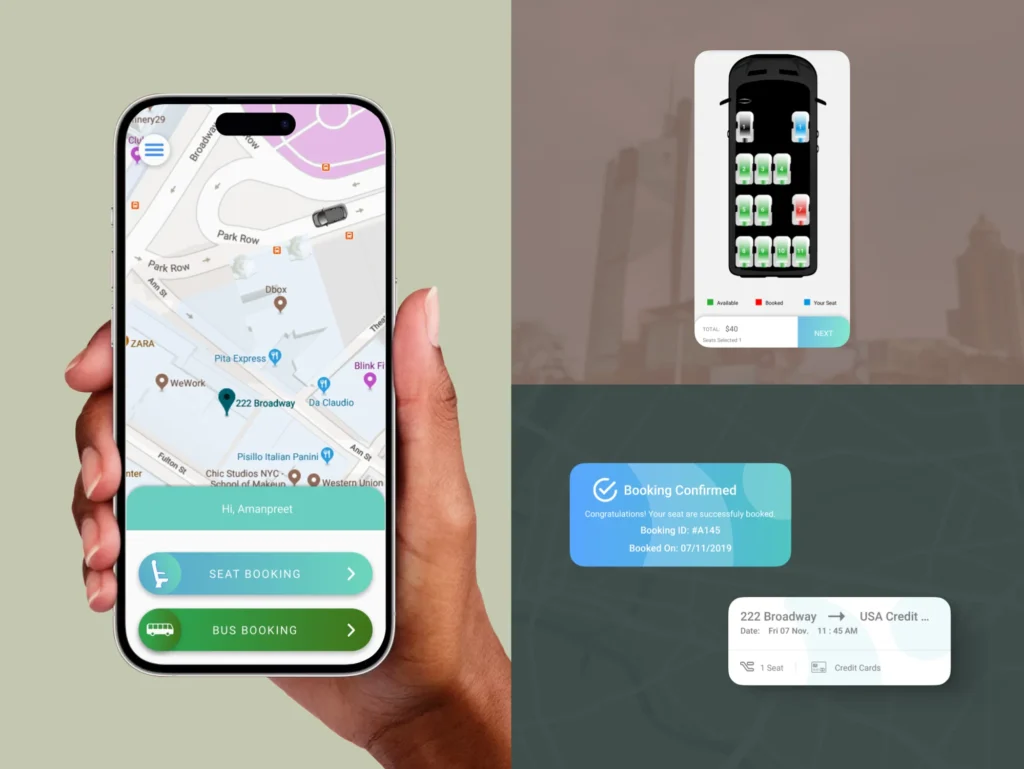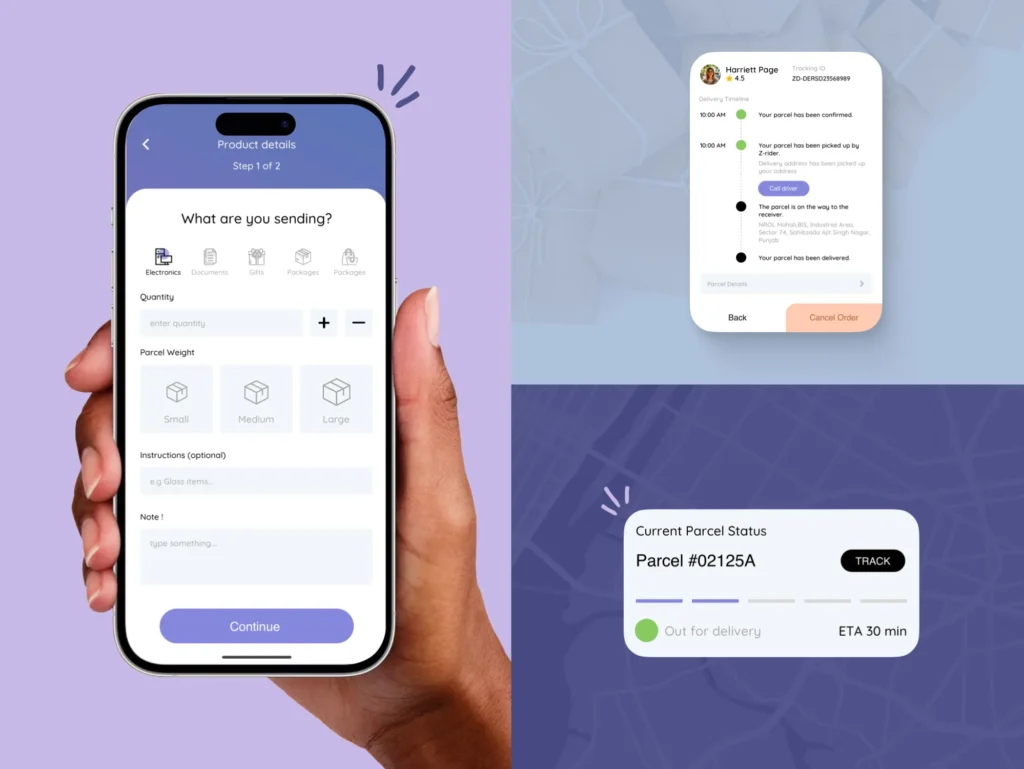Drive Business Success Through
Digital Excellence!
We build cutting-edge web and mobile solutions to help you stay relevant in a competitive market. Deliver exceptional digital experiences to your customers that add real business value.

Your Digital Vision, Our Expertise.
Explore Our Stellar Digital Service Offering
Leverage our end-to-end web and mobile development expertise to drive business growth and innovation.
Solutions That Empower Your Business To Thrive
Real Solutions For Real Success
iOS, Android & Web
Waive Delivery
It is a fully-functional app solution that provides a comprehensive marketplace or a convenient destination to customers to find and buy items such as food, groceries, and liquor from registered merchants. The platform also facilitates on-demand pick-up and delivery where users can get their couriers picked up and delivered instantly or schedule the delivery as per their needs.


Cloudseat Book
ZDelivery


Top-Notch Mobile App
Development Company in the US
Let’s Start a Conversation Today!
Submit your details, and we’ll connect with you to explore the best-fit solution that drives success.








